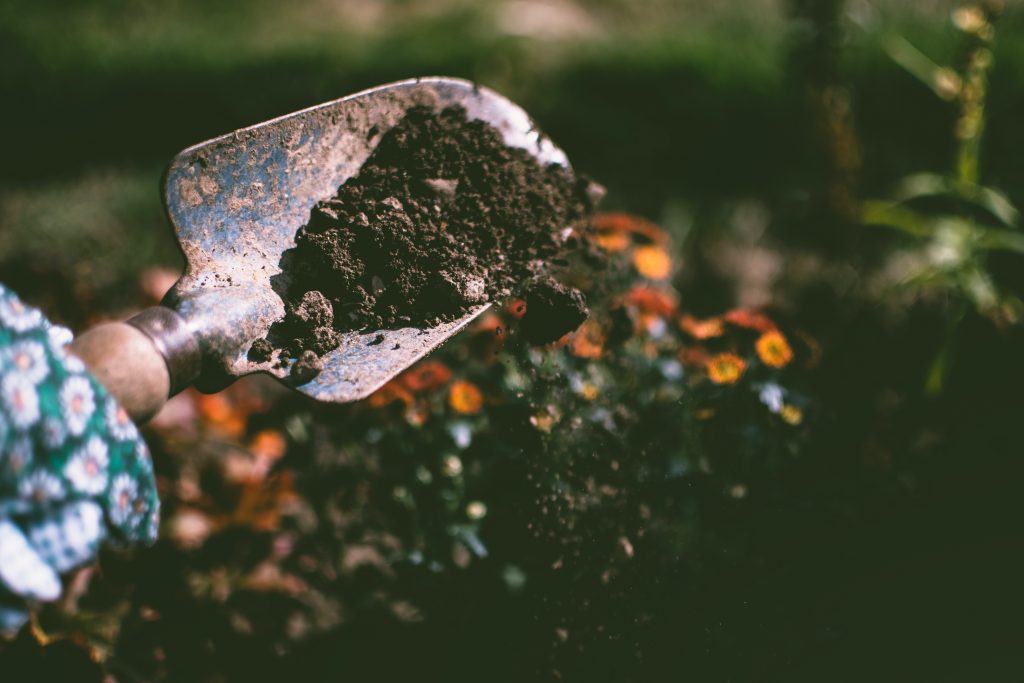4. Use Compost as Fertilizer
Instead of using chemically formulated fertilizers on your crops, opt for natural compost. Chemical fertilizers can strip away your land. Not to mention, they can pollute the soil, water, and even the air.
Composting accelerated decomposition of organic materials. The result is a fertilizer full of various nutrients that will stabilize soils and prevent them from eroding. Compost also won’t add to pollution.
5. Add Trees
Trees are natural windbreakers. Their leaves slow down the force of the wind. Planting a row of trees around your fields acts as a windbreaker, which can prevent topsoil erosion on bare fields.
You could also plant crops in between already-existing rows of trees, which is called agroforestry. It increases plant diversity and guards against soil erosion.
6. Vary What You Plant
Many large agricultural corporations plant a ton of corn and soybeans. These are essential products for much of the food and other items you see in the store. However, a lack of variety strips the soil of its integrity and nutrients.
Add diversity to what you plant to avoid erosion. It builds healthy soils. Additionally, you can rotate crops to have the same effect. It mimics the way plants would naturally grow and strengthens soils.
7. Build Water Diversions
There are a few types of erosion, one of them being from runoff. When a heavy downpour hits, soils that are dry or lack nutrients can be swept away by running water.
If you struggle with erosion due to water, build water diversions. These can more effectively distribute the water across your land to prevent erosion.
8. Integrate Livestock
Similar to managed grazing, integrating livestock in your crops allows for natural nutrient cycling. The separation of animals from crops has increased pollution, risked animal health, and led to improper disposal of manure.
However, by allowing livestock to roam your crops, they can provide nutrients that strengthen the soil. Therefore, you mitigate erosion.
9. Mulch With Plants
Unsure of what to do with weeds or leftover stalks from crops? Use them as mulch. You can spread weeds, flowers, herbs, and leaves across crops to help prevent erosion.
Mulch locks in moisture and adds extra nutrients to your topsoil as the mulch breaks down. This both prevents erosion and regenerates the topsoil.
10. Contour Farm
Instead of planting crops in straight rows, follow the natural lines provided in the landscape. While contour farming often involves tilling, you can still plant without over-tilling.
Planting this way creates reservoirs for water so the soil won’t runoff. It redistributes the water so your crops get even coverage.
Keep Your Soil in Place
Soils in all climates are essential to the global carbon cycle. As Arctic soil continues to thaw, it further accelerates climate change, creating a harmful cycle that will impact future populations. To help fight climate change, farmers committed to sustainable agriculture, scientists, and researchers champion soil conservation, which promotes healthy, fertile, productive, and resilient soils.
With these tips, you can prevent soil erosion on your farm. Erosion can quickly ruin a crop, but if you’re careful to build up your soil’s strength and…
